Generating habitats in Australian solar farms
How the University of New England is helping transform solar farms into biodiversity hubs
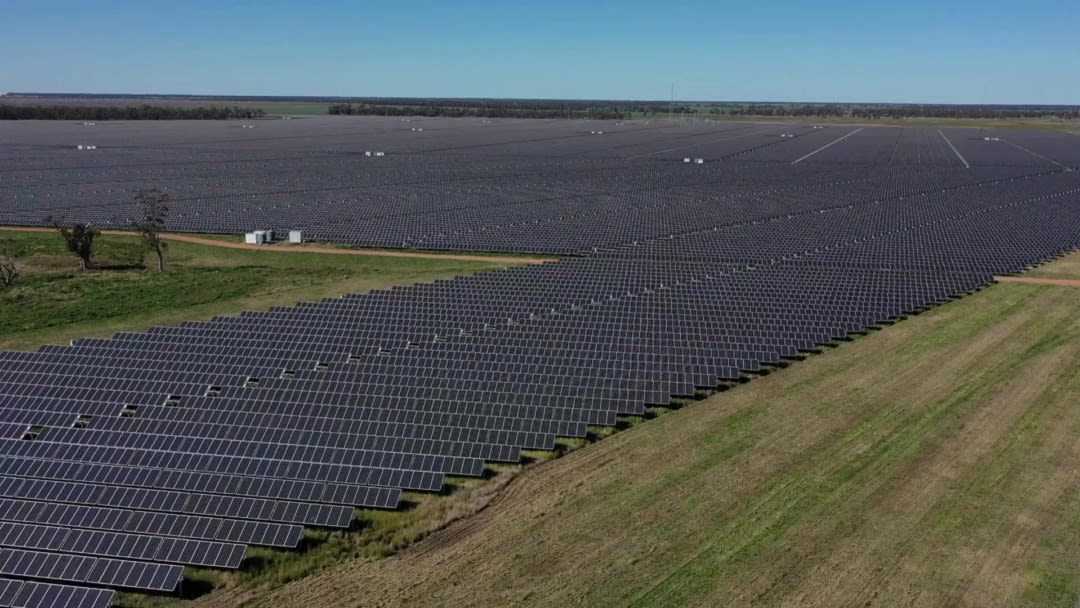
While a transition to solar is a positive step for the future of our planet, the mass land clearing required for large scale farms can be a point of contention for conservationists across Australia.
But what if these large developments could work hand-in-hand with our conservation efforts?
What if solar farms could be a hub of biodiversity, while also providing a clean energy solution?
Remo Boscarino, a Masters student at the University of New England, is asking these very questions through his research into the efficacy of solar farms as habitat, and the answers are seemingly positive so far.
“It’s still fairly early to say anything concrete, but our initial results indicate that wildlife are using the solar farm and the field at a similar rate, which is promising,” says Remo, who is half way through the research project.
“We’re also not seeing that animals in the solar farm are at an increased rate of predation, which is also positive.
“If they were at an increased risk of predation, that could indicate solar farms being a less suitable habitat type.”
Remo began his research using small scale farms, such as the 3.2-megawatt solar farm that powers almost half of the UNE Armidale campus.
Now a year in to the project, his focus has transitioned to large scale farms, such as the 300-hectare 200-megawatt Wellington Solar Farm in central western NSW.
“The main difference is what the scale of the solar farm allows,” explains Remo.
“At the UNE solar farm, for example, we’re seeing animals coming in and out, and it’s unlikely that any sustainable population of wildlife is solely inhabiting the solar farm.
“This is because the surrounding area is still a large and important part of their lives.
“In the larger solar farms, however, many have retained vegetation, mimicking a natural area. This means there are more niches for wildlife to occupy.
“In the smaller solar farms, most of the wildlife we’re encountering are birds and small reptiles, with the occasional hare.
“In the larger solar farms, we’ve seen a mob of kangaroos and some site staff have also encountered wallabies.
“So, from what we’ve seen so far, larger solar farms seem to better at providing habitat for a greater variety of wildlife.”
Some of the visitors Remo has observed so far...
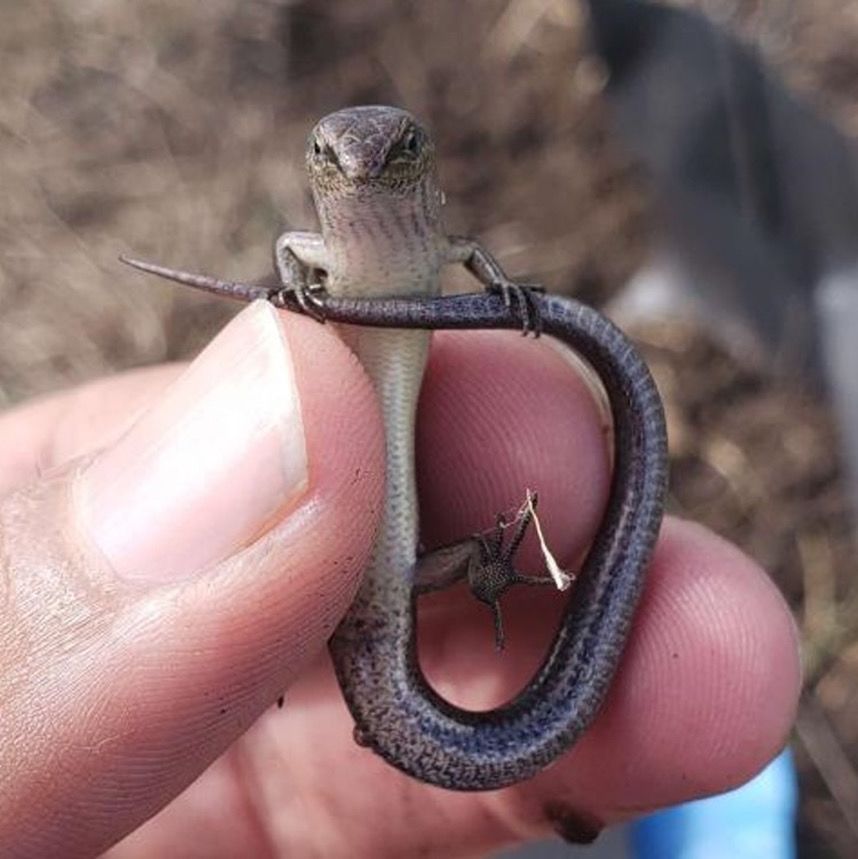
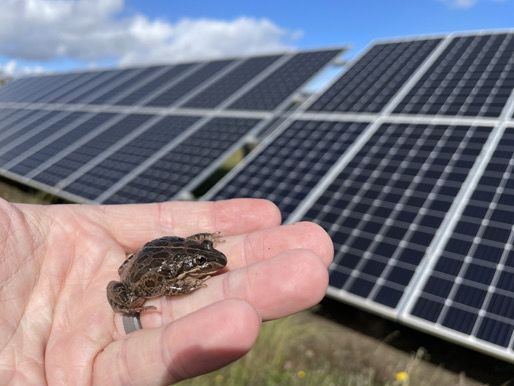
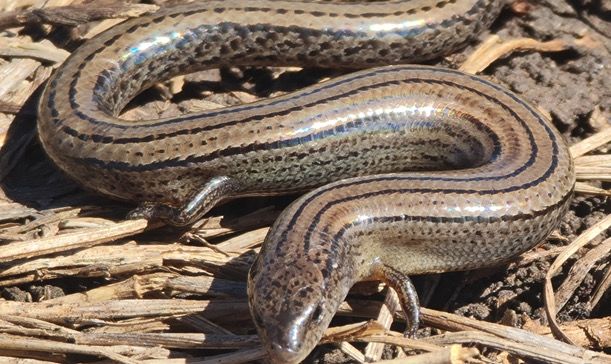
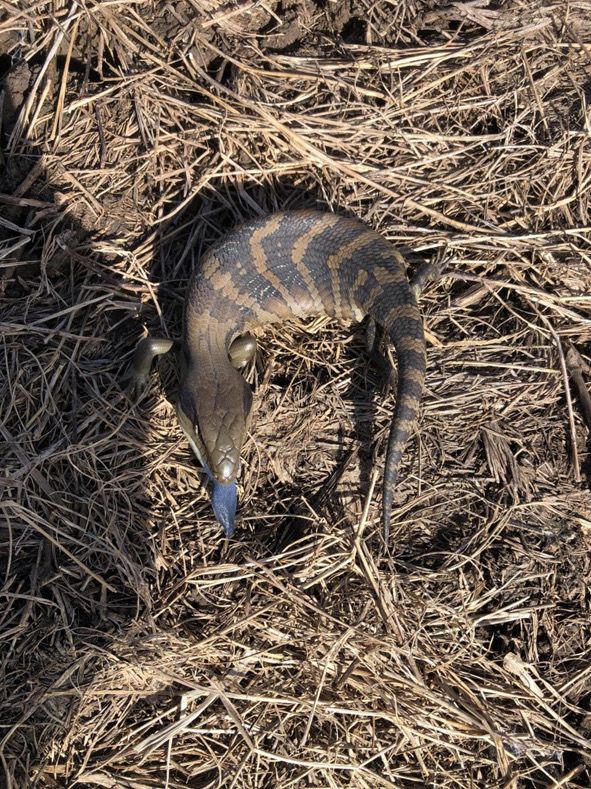
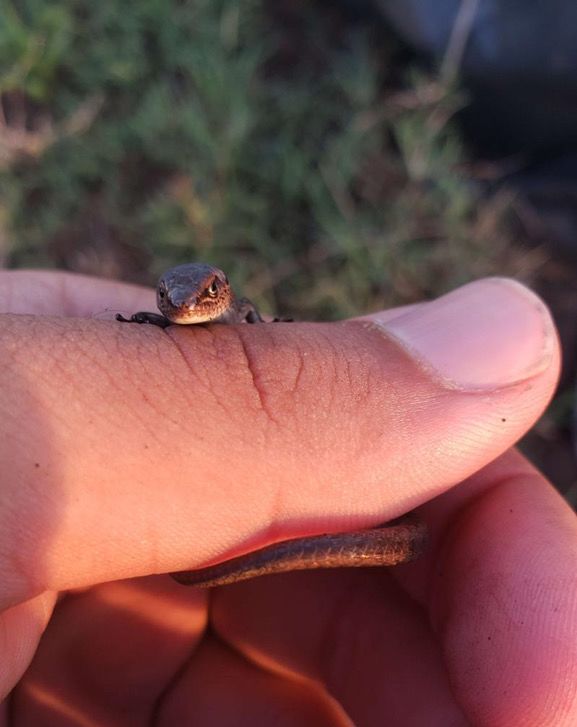
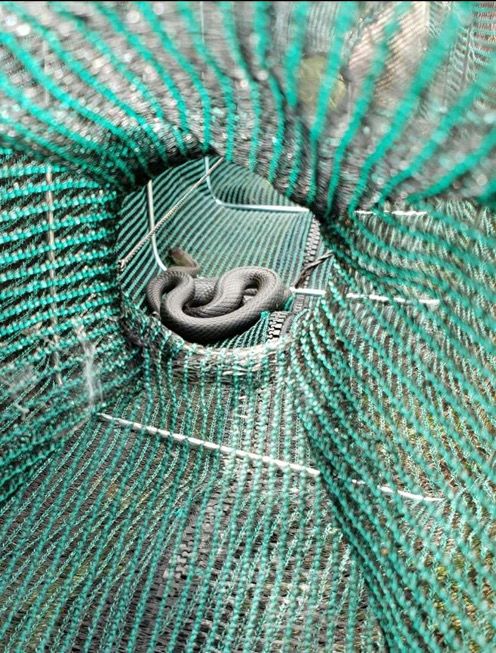
With some solar farms’ Environmental Impact Statements starting to recommend artificial habitat structures be incorporated, Remo is hopeful his findings will be taken on board for future developments.
“While some solar farms have received recommendations to incorporate these structures, there doesn’t seem to be a standard protocol and it’s largely reliant on the individual ecologists conducting the surveys,” he says.
“If we can make, for example, replacing every tree hollow removed during construction with a nest box common practice, that would be a meaningful step to making solar farms more suitable for wildlife.”
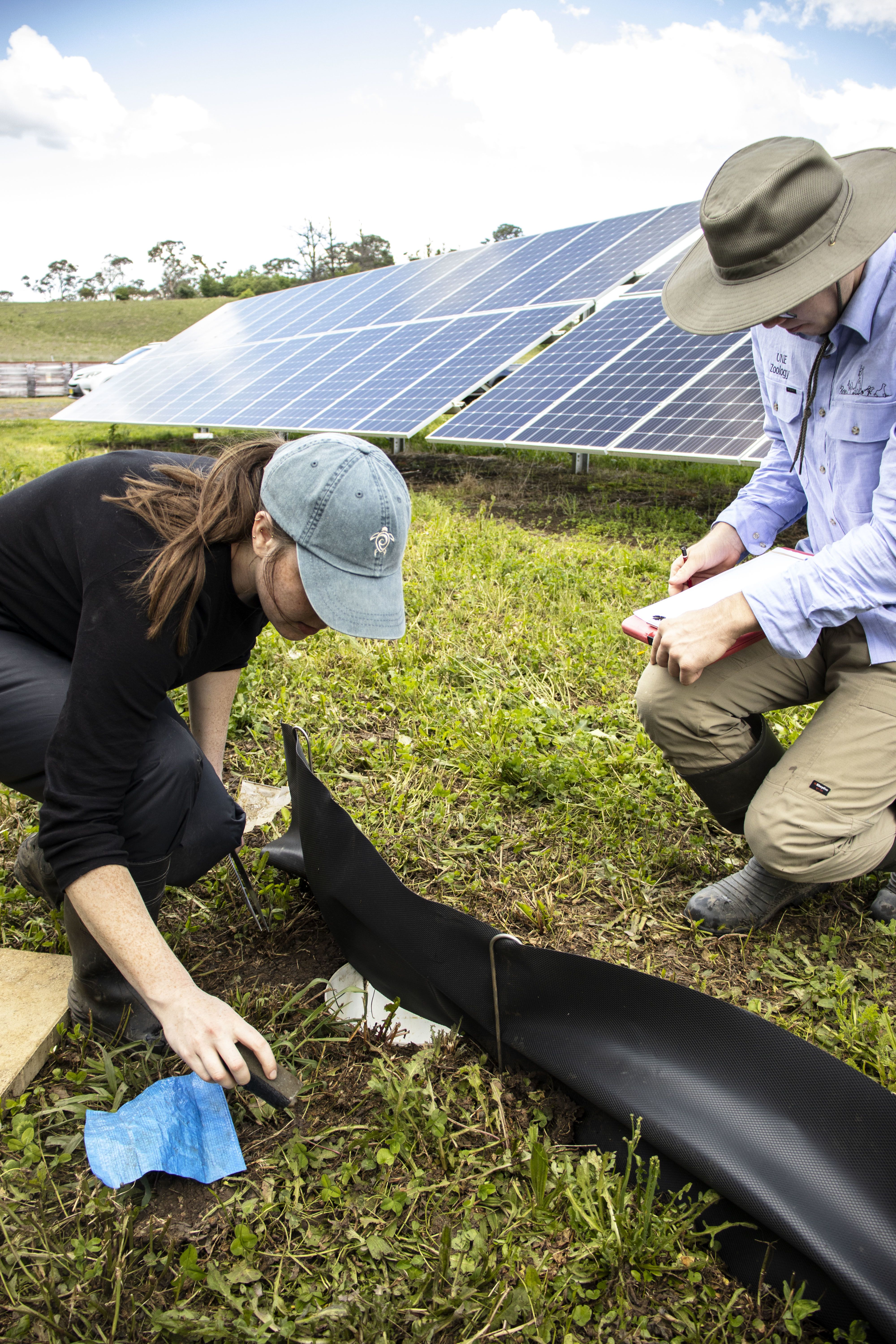
While Remo only has one more year of his Masters project left, UNE researchers, such as Remo’s supervisor, Dr Eric Nordberg, are working hard to ensure renewables are seamlessly integrated into our communities and natural environments in years to come.
This year, Dr Nordberg established the UNE Renewable Energy Hub, which has brought together 20 like-minded academics from across the university to create a hub of expert knowledge to share ideas, create collaborative projects, and connect networks throughout the region.
“The Renewable Energy Hub is a collection of academics and researchers with a shared interest in renewable energy, spanning multiple disciplines at UNE, including business, law, engineering, agriculture, ecology, biodiversity, agronomy, soil sciences, just to name a few,” says Dr Nordberg.
“The Hub has been actively engaging with renewable energy companies throughout NSW, but mostly those with projects in the Northern Tablelands of NSW.
“We are in the early phases of many projects/partnerships but we hope to have site access and collect data pre- and post-construction for some new projects in the area, including both wind and solar.
“Despite being a new group, The Renewable Energy Hub is now often contacted from industry partners for collaboration and partnership rather than the other way around – which is great and shows that we are now a large point of contact for any renewable energy project in the region.”
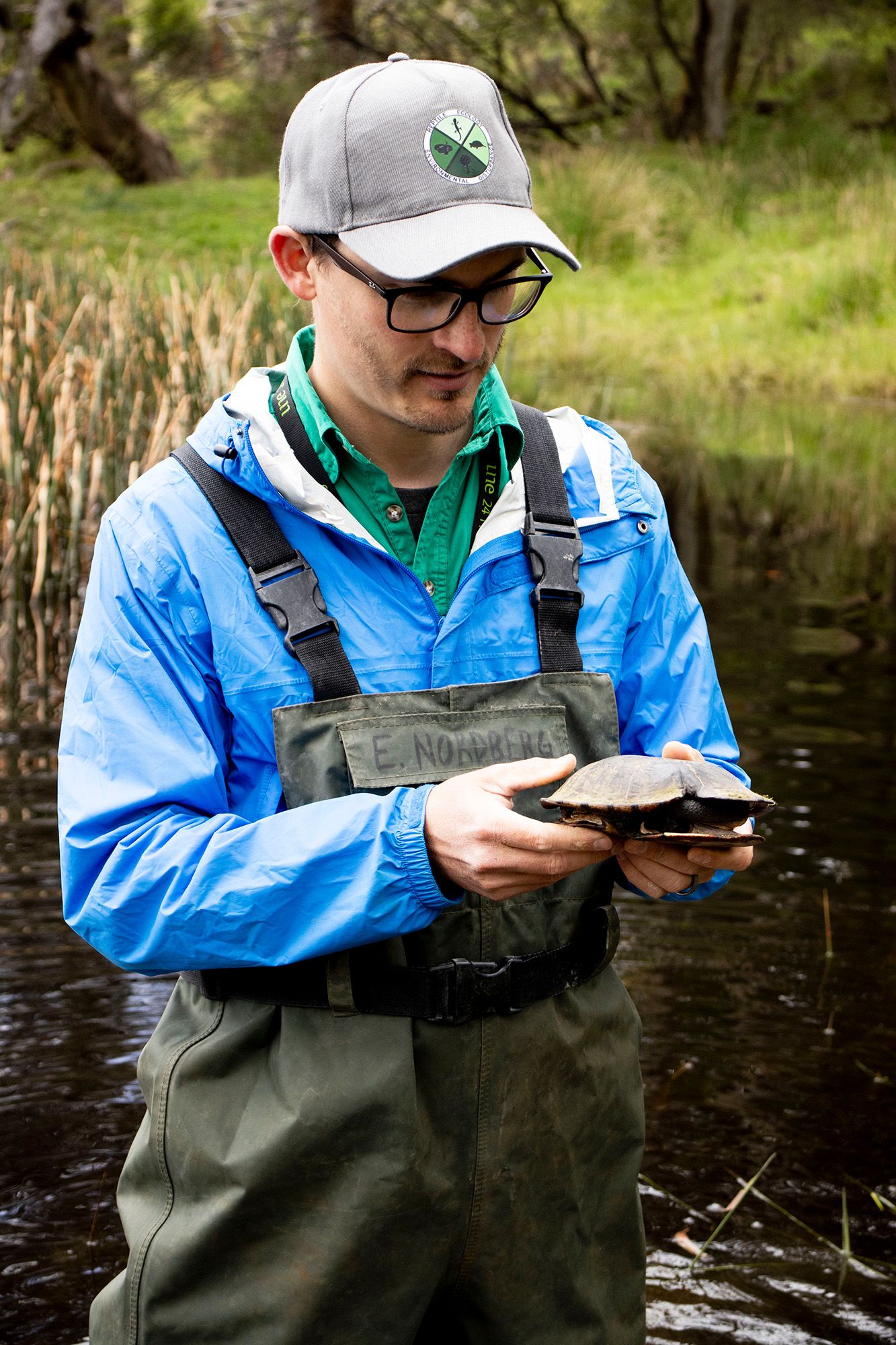
You can read more about the UNE Renewable Energy Hub here.
